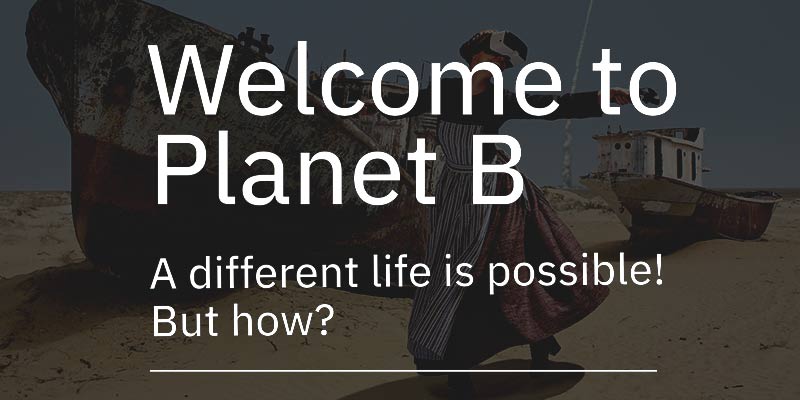Ecology
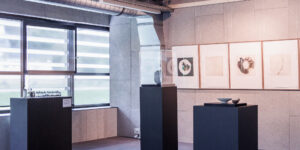
INVISIBLE SEAM
Siobhán McDonald (IE)
Siobhán McDonald examines the particles floating in the air and matter buried underground from past worlds. In an exploration of Arctic permafrost and plants preserved in this depository, the project traces histories of generations of underground systems.
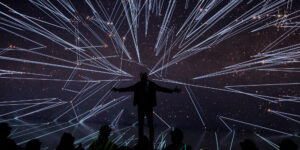
Superlative telescopes: In the desert and far behind the moon
Dr. Dietmar Hager — Stargazer Observatory (AT)
The well-known Hubble Space Telescope (HST) has reached its limits. Modern telescopes will have to work outside visible light to make new discoveries possible. The JWST (James Webb Space Telescope) is one of the successors. It will be supported by Earth-based telescopes, such as the Giant Magellan Telescope (GMT), which is currently being built in Chile. The talk reaches out from the HST to the JWST and the GMT and gives an idea of how new insights will revolutionize our understanding of space.
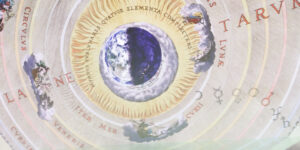
Searching for Planet B: How Astronomy Visualization and Remote Sensing Guide Us to Humanity’s Future
Dan Tell (US)
Thousands of years of increasingly precise measuring and modeling have revolutionized humanity’s understanding of the universe. We now know Earth is one of many planets, but it is uniquely habitable. The same research and techniques we use to understand these other worlds can help us understand what made Earth habitable in the first place and how we can restore and sustain this planet into the future.
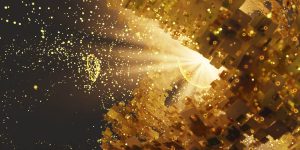
Ars Electronica ANIMATION FESTIVAL 2022
After two very challenging years, the Ars Electronica Animation Festival returns to its physical space. The screening programs and presentations will be shown at the JKU Campus and the Ars Electronica Center Deep Space 8K. The Expanded Animation Symposium and the Synaesthetic Syntax conference, organized with the UCA since 2020, will take place at the Ars Electronica Center.
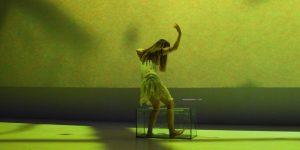
DANU
Smirna Kulenovic (BA), Damian Cortes-Alberti (AR), Julia Moser (AT), Alejandra Benet Garcia (ES), Laura Gagliardi (IT), Lucia Mauri (IT), Ariathney Coyne (EL/US), Alessia Rizzi (IT), Lina Pulido Barragan (CO), Sara Koniarek (AT), Maria Dierneder (AT), Felix Chang (AT), Daphne Xanthopoulou (EL)
We are all Bodies of Water: Re-enchanting the Vulva, re-spiriting the Danube, inviting the magic back into our oceanic beginnings. Entangled between our menstrual blood and primeval waters of Dānu, we embody our ancestral river myths through our common microbes, dancing. Leaking, sponging, and dissolving our human watery bodies, we invite the audience into a ritualistic gaze of interacting dependency — a mystical relationship with our larger, ecological, Bodies of Water.
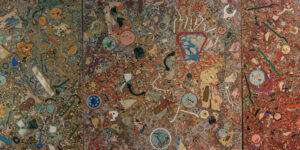
Marine Caves and Benthic Terrazzo
Hypercomf (GR), Markos Digenis (GR)
What links can be presently found between marine caves and the human home? How much more intimate will these links become in a future world, where rising sea levels have swallowed the coastal mega cities and turned our terrestrial homes into marine caves? Will they be filled with the unique biodiversity that marine caves can host and littered with the scattered memories of our past presence? Artists Hypercomf with Markos Digenis and fellow marine biologists from HCMR investigate these questions.
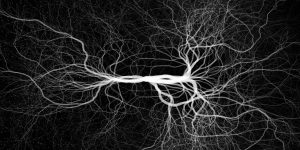
Rooted
Elliott Gaston-Ross (GB/IE) , Indiara Di Benedetto (IT)
The project Rooted performed at the Deep Space 8K is an artistic depiction of the effects of climate change on our planet through live electroacoustic musical performance with accompanimental visual effects by Indiara Di Benedetto.
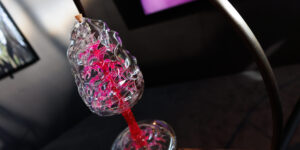
Stranger to the Trees
Kat Austen (UK/DE)
Stranger to the Trees is a new media project exploring the complementary coexistence of microplastics and trees as carbon sinks. How do trees and microplastics coexist in forests, capturing carbon in the time of the climate crisis? Combining video, interactive sound and sculpture, Stranger to the Trees queries the response of forest ecosystems to the ubiquitous and irrevocable dispersal of microplastics around the Earth.
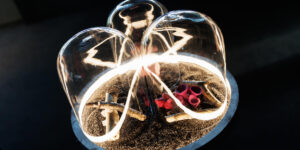
Palaeoplasticene
Kat Austen (GB/DE)
Palaeoplasticene addresses the breakdown of plastic in the environment by engaging with a speculative past where plastic-based fungi evolved naturally, introducing plastic to the ecosystem in pre-human history. The sculpture invites visitors to engage with the longevity of plastic and the implications for our current and future ecosystems by reconfiguring our understanding of its presence over time.
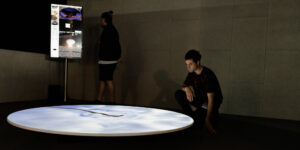
LIQUID SKY
Mauricio Lacrampette (CL), Santiago Valdivieso (CL), Diego Gajardo (CL), Lucas Margotta (CL)
Liquid Sky is a ritual in which the interaction between the live image of the Atacama sky, the Ars Electronica attendees in Linz and a series of machines, mechanical gestures and data flows are assembled in a rhizome of trans-local feedback. Distinction between observer and observed is blurred, giving rise to the possibility of a collective tele-contemplation, using the fluctuating image of the sky as a means of global encounter.
